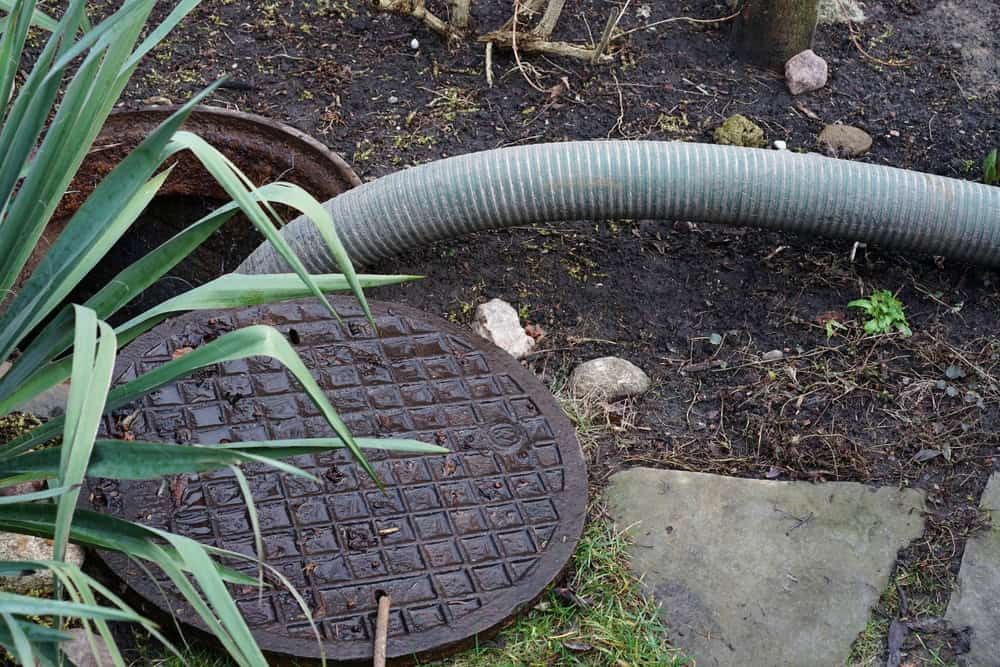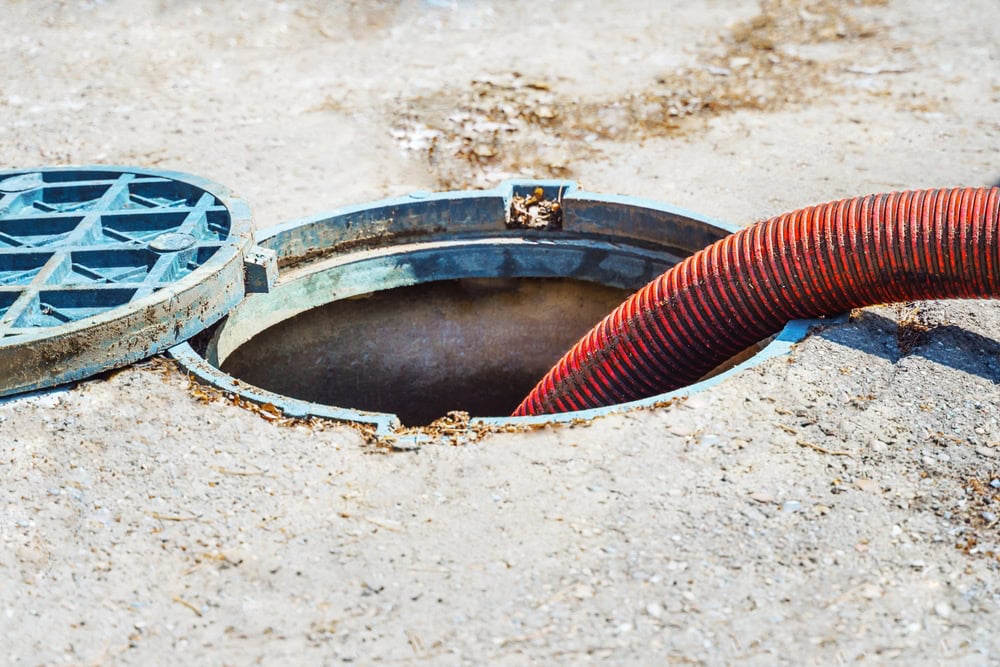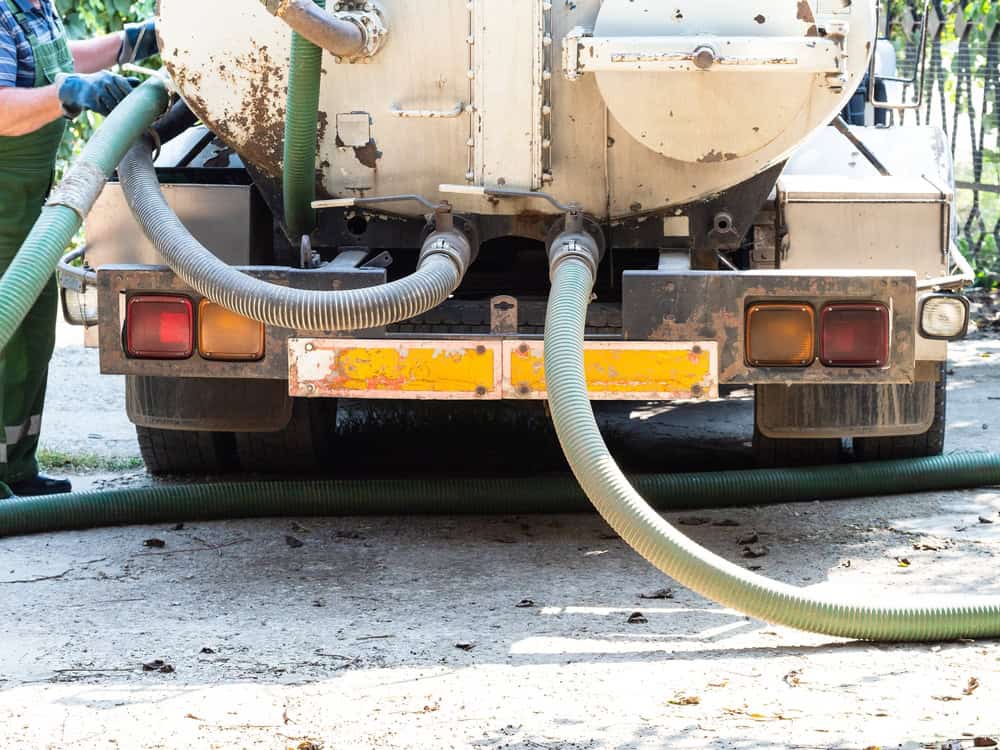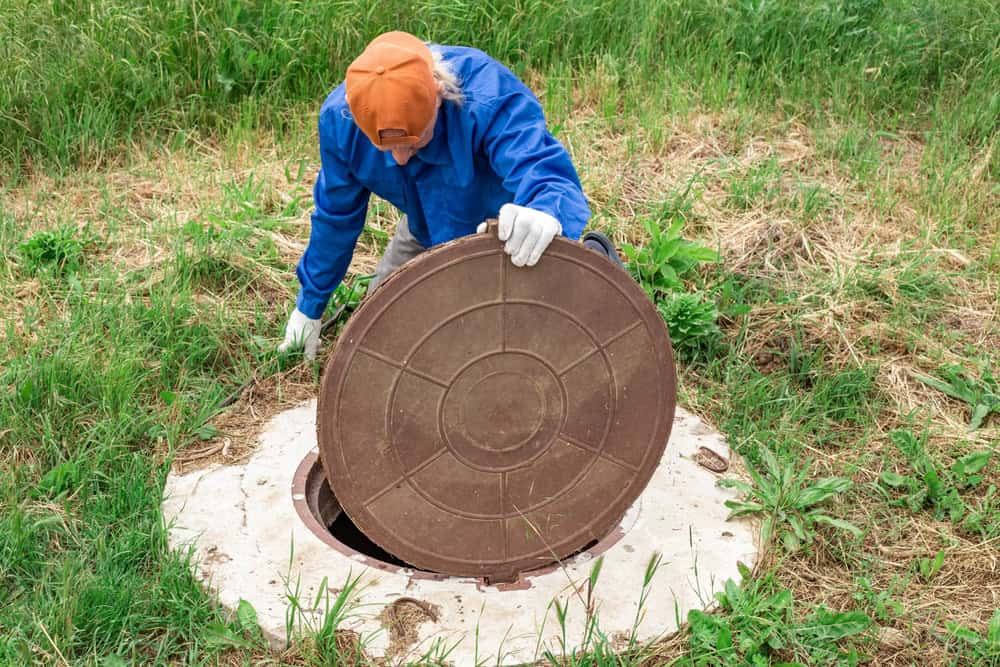Summary:
Why Fall Cesspool Pumping Matters on Long Island
Long Island’s water table rises significantly during periods of above-normal precipitation, potentially causing basement flooding and compromising septic systems. Fall sets the stage for winter’s wet conditions, and your cesspool needs to be ready.
Most cesspool problems occur in spring and fall, especially when rainy weather follows temperature changes and moisture soaks the ground. By pumping now, you’re removing accumulated solids before they become a problem during winter’s challenging conditions.
Many septic systems can fail simultaneously when rain or storm surges elevate the water table. Don’t wait until you’re dealing with a backup in December.
Long Island's High Water Table Challenge
In Long Island’s vicinity, sea-level rise ranges from 2.35 to 3.9 mm per year, and increases in sea-level raise the fresh water table in coastal regions. This isn’t just an environmental concern—it directly affects how your cesspool functions.
Long Island’s conventional septic systems only function as designed when there’s enough distance between the leaching pit and ground water. In low-lying coastal areas, septic systems are commonly considered “failing” when ground water comes close to the leaching pit.
During fall and winter, high local ground water levels due to above-normal rainfall can cause septic systems to become waterlogged or temporarily flooded, resulting in slow drains, toilets that won’t flush properly, and water backing up into basement floor drains.
When ground water inundates the septic tank, water leaks in through openings like the manhole cover, inlet/outlet pipes, or tank cover, filling the tank with groundwater instead of waste water from the house. This creates a perfect storm for system failure.
Your cesspool isn’t just fighting waste—it’s fighting Long Island’s unique geography. Fall pumping removes the solid buildup that makes these water table issues even worse.
The Cost of Waiting Until Winter
When septic tank maintenance is neglected, system failure becomes a threat to your family, and the price for failure is steep—costing thousands of dollars to have your system replaced. Winter emergencies don’t just cost more; they’re harder to fix.
It’s very important to have the contents of your septic tank pumped to remove floating scum and sludge that accumulate. If either floating scum or sludge is allowed to enter the soil treatment system, it will cause expensive and often irreparable damage.
Think about it this way: Regular pumping prevents system failures, maintains efficiency, and provides significant cost savings compared to emergency repairs. A winter backup doesn’t just mean calling for help—it often means waiting longer for service, paying emergency rates, and dealing with the mess while temperatures drop.
Unfortunately, homeowner’s insurance probably doesn’t cover sewer repairs or cesspool pumping, even though a sewer backup or leak can happen instantly as the result of natural wear and tear that took years to develop. You’re on your own for these costs, making prevention even more valuable.
The smart money says pump in fall when conditions are manageable, crews are available, and you can address any issues before they become winter crises.
How to Prepare Your Cesspool System for Fall
According to the EPA, household septic systems should be inspected at least every 3 years, and household septic tanks are typically pumped every 3 to 5 years. But Long Island’s conditions might require more frequent attention.
Never go more than 36 months between cleanings, and cleaning must be done by a licensed and bonded professional. Fall is your window to get this done before winter complications set in.
Professional pumping involves more than just removing waste. Proper cleaning removes ALL scum, sludge, and liquid from septic tanks through pumping, flushing, and back flushing liquid contents between the truck’s tank and septic tank through the manhole several times, breaking up all scum and sludge to allow complete removal of solids.
Signs Your System Needs Fall Attention
Early signs of hydraulic failure include gurgling drains, a circle of lawn that’s always soggy and greener than the rest of your yard. In winter, these areas may take longer for snow to accumulate as warm wastewater below the surface melts falling snow.
Don’t ignore these warning signs. Hydraulic failures typically require homeowners to pump their system several times per year. That’s expensive and avoidable with proper fall maintenance.
If your drains are moving slowly and you’re noticing foul odors, chances are you need your cesspool or septic system pumped to get things functioning smoothly again. It’s important to act quickly to minimize damage.
Your septic tank includes a T-shaped outlet that prevents sludge and scum from leaving the tank and traveling to the drainfield area. If the bottom of the scum layer is within six inches of the bottom of the outlet, or if the top of the sludge layer is within 12 inches of the outlet, your tank needs to be pumped.
These aren’t problems that fix themselves. They get worse through winter, especially with Long Island’s challenging conditions.
What Professional Fall Pumping Includes
When you schedule fall cesspool pumping, you’re not just getting waste removal—you’re getting a system health check before winter arrives. Professional service includes thorough inspection of your tank condition, inlet and outlet pipes, and overall system function.
Regular pumping is vital to prevent blockages, backups, and environmental contamination. It ensures your system operates smoothly and protects the environment by preventing waste from leaking into soil or groundwater. This matters more on Long Island, where nitrogen pollution from cesspools and septic systems has been identified as a leading cause of degraded surface water quality, contributing to restrictions on shellfishing, toxic algae blooms, and massive fish kills.
A good pumping service will also check for signs of structural issues, evaluate your system’s capacity relative to your household size, and recommend any additional treatments that might help your system handle winter conditions better.
Professional cesspool companies provide maintenance plans and eight-point septic inspections at each service to let you know when pumping, aeration, or chemical treatment is needed before problems occur. Fall is the perfect time for this comprehensive approach.
The goal isn’t just emptying your tank—it’s ensuring your entire system can handle whatever winter throws at it.
Take Action Before Winter Arrives
Fall cesspool pumping isn’t just maintenance—it’s insurance against winter problems that cost more and cause bigger headaches. Long Island’s unique soil and water table conditions make proactive care essential, not optional.
Don’t wait until it’s too late. Professional cesspool pumping services ensure your septic system operates smoothly and efficiently. The smart move is scheduling service now, while conditions are good and you can address any issues calmly.
When you need reliable cesspool service that understands Long Island’s specific challenges, we at Antorino & Sons bring decades of local expertise to keep your system running right through winter and beyond.




